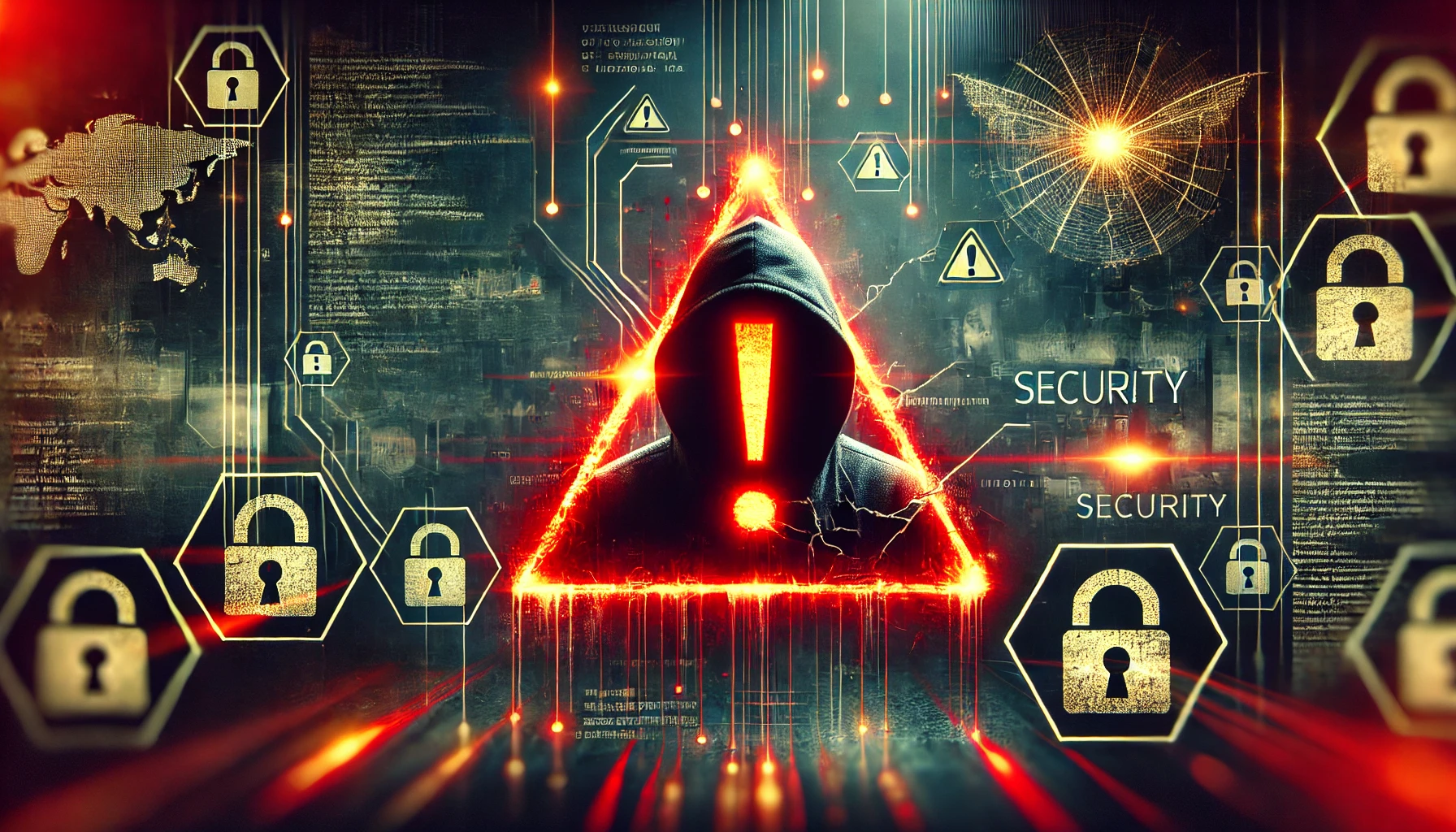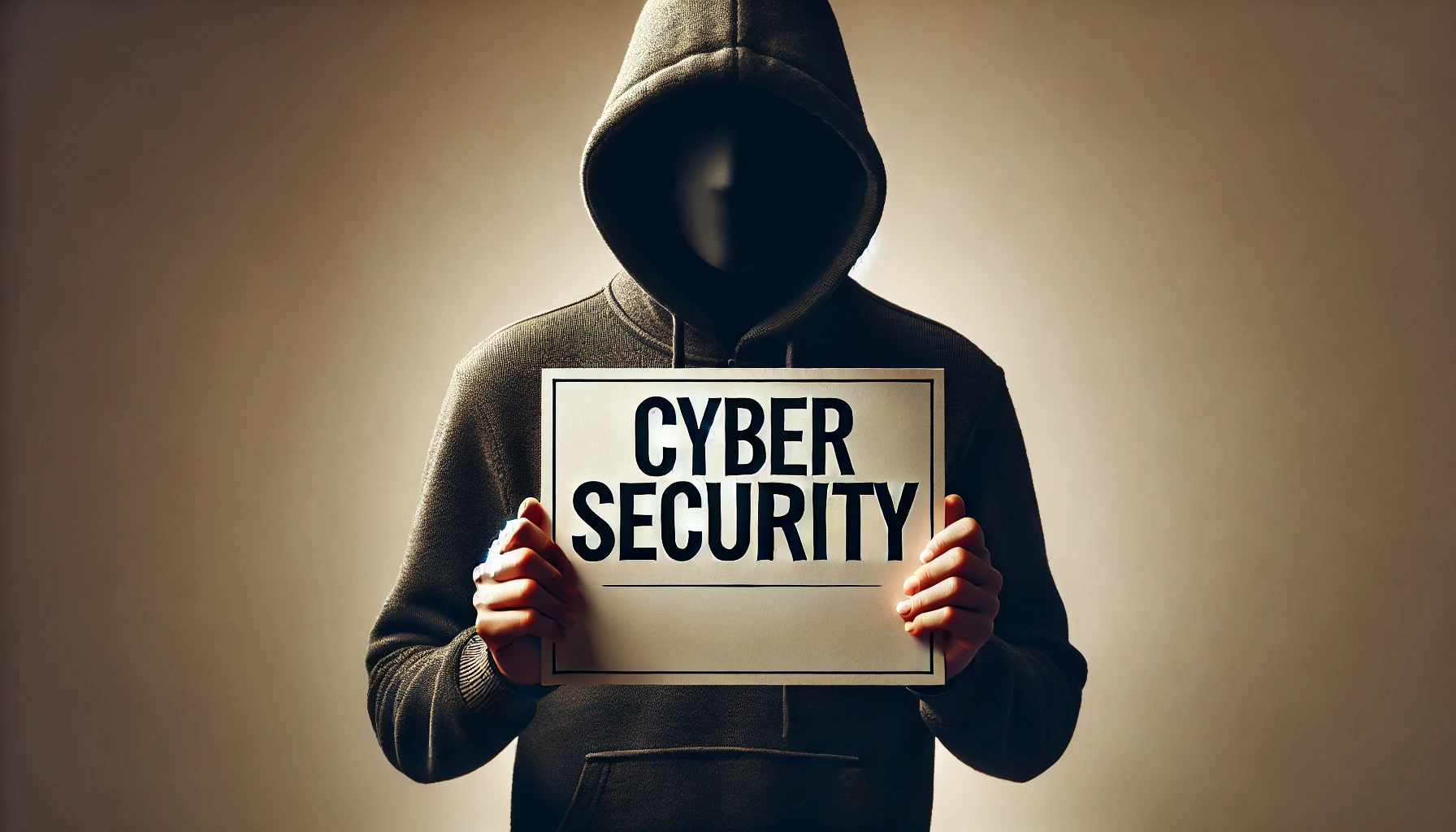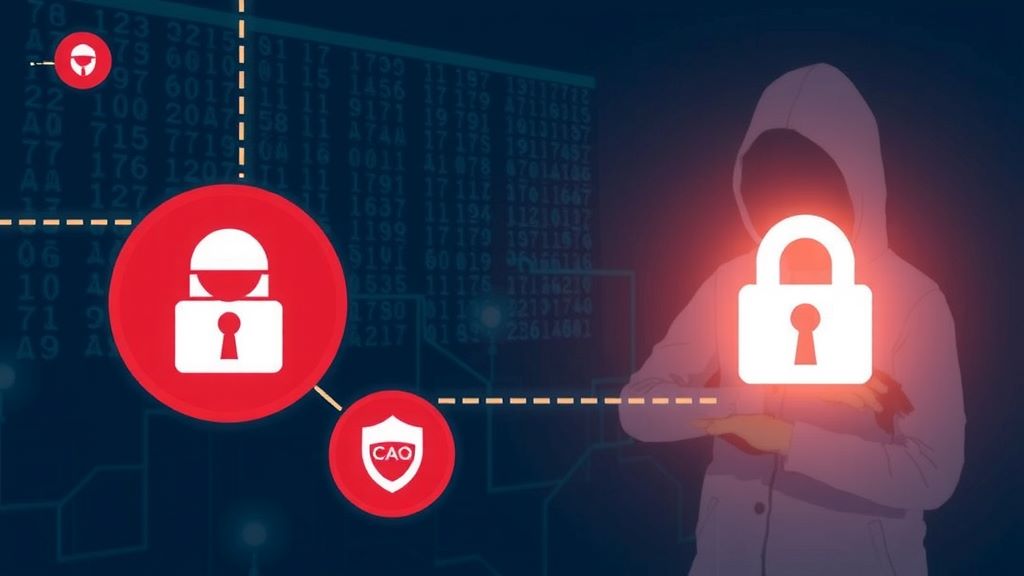Cybersecurity Tools: Safeguarding Your Digital World
In an increasingly digital world, protecting sensitive data from cyber threats is more important than ever. Cybersecurity tools are essential for organizations and individuals seeking to safeguard their information against unauthorized access, data breaches, and other malicious activities. With the rise of cybercrime and sophisticated hacking techniques, investing in robust cybersecurity solutions is no longer optional; it’s a necessity. This article will explore some of the best cybersecurity tools available today and how they can help enhance your security posture.

Why Use Cybersecurity Tools?
The importance of cybersecurity tools can’t be overstated. Here are several key reasons why they are vital for both individuals and organizations:
- Enhanced Protection: Cybersecurity tools provide layers of protection that are critical in defending against various threats, such as malware, phishing attacks, and ransomware. These tools help identify vulnerabilities and mitigate risks before they can cause significant damage. With the ability to detect and neutralize threats proactively, users can maintain a secure digital environment.
- Continuous Monitoring: Many cybersecurity tools offer real-time monitoring capabilities, allowing organizations to detect suspicious activities and respond promptly. This continuous vigilance is vital for maintaining a secure environment, especially in an era where cyber threats can emerge at any moment.
- Compliance: Many industries are subject to strict regulations regarding data protection. Cybersecurity tools help organizations meet these compliance requirements, ensuring they adhere to laws and standards like GDPR, HIPAA, and PCI DSS. Failure to comply can result in severe penalties, making it crucial for businesses to invest in cybersecurity solutions.
- User Education: Some tools include training features that educate users about security best practices, helping to reduce the risk of human error, which is a common factor in many cyber attacks. Empowering users with knowledge can significantly decrease the likelihood of successful phishing attempts and other social engineering attacks.
- Data Integrity: Maintaining the integrity of data is crucial for organizations that rely on accurate information for decision-making. Cybersecurity tools help protect data from unauthorized alterations or deletions, ensuring that the information remains reliable and trustworthy.
Top Cybersecurity Tools
With numerous cybersecurity tools available, it can be overwhelming to choose the right ones. Here’s a breakdown of some of the most effective tools that can bolster your cybersecurity measures:
- Antivirus Software: Antivirus programs like Norton and McAfee provide essential protection against malware, viruses, and other malicious software. They continuously scan for threats and update their databases to include the latest threats, ensuring robust protection for users. Advanced antivirus solutions also include features like web protection and email scanning to further enhance security.
- Firewall Solutions: A firewall acts as a barrier between your internal network and external threats. Tools like ZoneAlarm and Cisco ASA offer advanced firewall capabilities, including intrusion detection and prevention systems (IDPS), which monitor traffic and block potential threats. By regulating incoming and outgoing network traffic, firewalls help maintain a secure environment.
- Virtual Private Network (VPN): VPNs, such as NordVPN and ExpressVPN, encrypt internet connections, providing secure access to online resources. They are particularly useful for protecting data when using public Wi-Fi networks, reducing the risk of data interception. A VPN also allows users to browse anonymously, adding an extra layer of privacy.
- Password Managers: Tools like LastPass and 1Password help users generate and store strong, unique passwords for each of their accounts. By managing passwords securely, users can minimize the risk of unauthorized access due to weak or reused passwords. These tools often include features like password sharing and breach alerts, enhancing overall security.
- Endpoint Protection Platforms (EPP): EPP solutions like CrowdStrike and Symantec Endpoint Protection provide comprehensive security for devices connected to a network. They combine antivirus, anti-malware, and threat intelligence to protect against various attacks. EPP solutions are particularly important for organizations with multiple devices, as they offer centralized management and monitoring.
- Security Information and Event Management (SIEM): SIEM tools like Splunk and IBM QRadar collect and analyze security data from across an organization’s IT infrastructure. They help identify patterns, detect anomalies, and respond to potential security incidents in real time. By consolidating logs and alerts from various sources, SIEM tools provide a holistic view of an organization’s security posture.
- Intrusion Detection Systems (IDS): Tools like Snort and Suricata monitor network traffic for suspicious activity and alert administrators to potential threats. They play a crucial role in identifying and responding to attacks before they escalate. IDS can be integrated with other security measures to enhance overall protection.
- Data Loss Prevention (DLP): DLP solutions, such as Symantec DLP and Digital Guardian, help organizations prevent unauthorized access to sensitive data. They monitor data usage and enforce policies to ensure that confidential information remains secure. DLP tools are particularly useful in preventing data breaches and ensuring compliance with data protection regulations.
Best Practices for Cybersecurity
While using the right tools is essential, implementing best practices can significantly enhance your cybersecurity efforts. Here are some strategies to consider:
- Regular Updates: Keep all software, including cybersecurity tools, operating systems, and applications, up to date. Regular updates ensure that you have the latest security patches and features to protect against emerging threats.
- Conduct Security Audits: Regularly assess your cybersecurity posture through security audits. These audits help identify vulnerabilities and weaknesses in your defenses, allowing you to make necessary adjustments.
- Create a Security Policy: Develop a comprehensive cybersecurity policy that outlines security protocols, incident response plans, and employee responsibilities. A well-defined policy helps create a security-aware culture within your organization.
- Backup Data: Regularly back up critical data to secure locations. In the event of a ransomware attack or data loss, having backups ensures that you can recover important information without paying a ransom.
- Educate Employees: Conduct regular training sessions for employees on cybersecurity best practices, including recognizing phishing attempts and using strong passwords. An informed workforce is your first line of defense against cyber threats.
Conclusion
Implementing effective cybersecurity tools is crucial for protecting sensitive information in today’s digital landscape. With a wide range of options available, organizations and individuals can choose the tools that best fit their needs to enhance their security posture. By utilizing these top cybersecurity tools, users can safeguard their data, comply with regulations, and reduce the risk of cyber threats.
In a world where cyber threats are continually evolving, staying informed and proactive about cybersecurity is essential. The investment in cybersecurity tools not only protects your data but also fosters trust with customers and partners, demonstrating your commitment to maintaining a secure environment. Whether you’re an individual looking to protect personal information or a business safeguarding sensitive client data, the right cybersecurity tools can make all the difference in ensuring your digital safety.
For more information on cybersecurity tools and best practices, you can refer to trusted resources like the Cybersecurity & Infrastructure Security Agency (CISA) and Krebs on Security.


